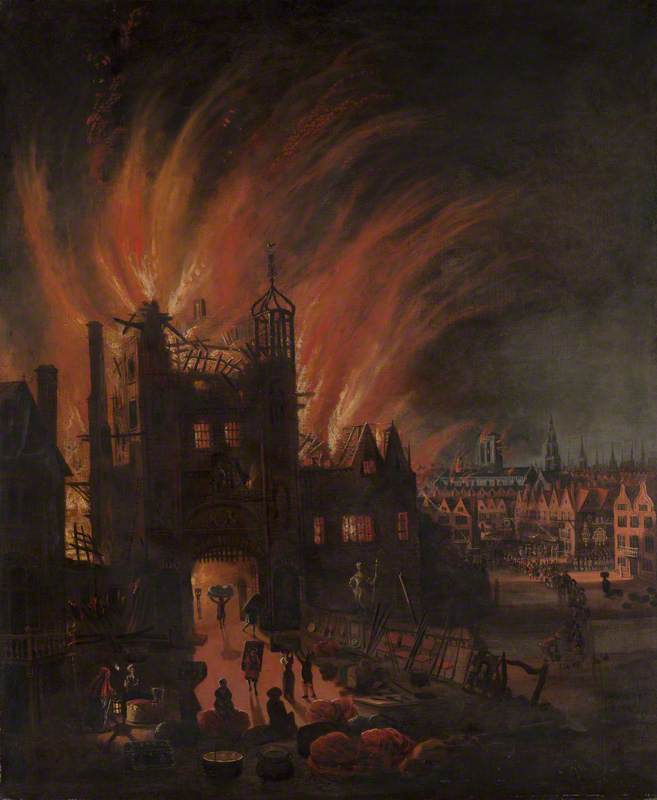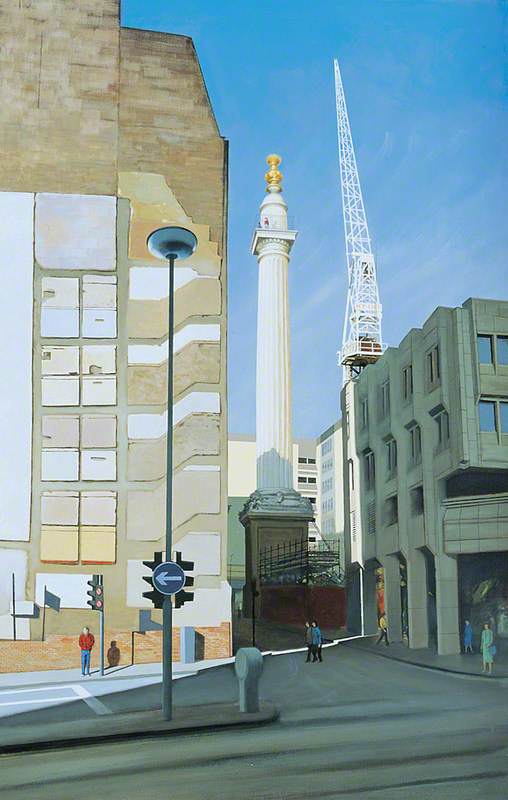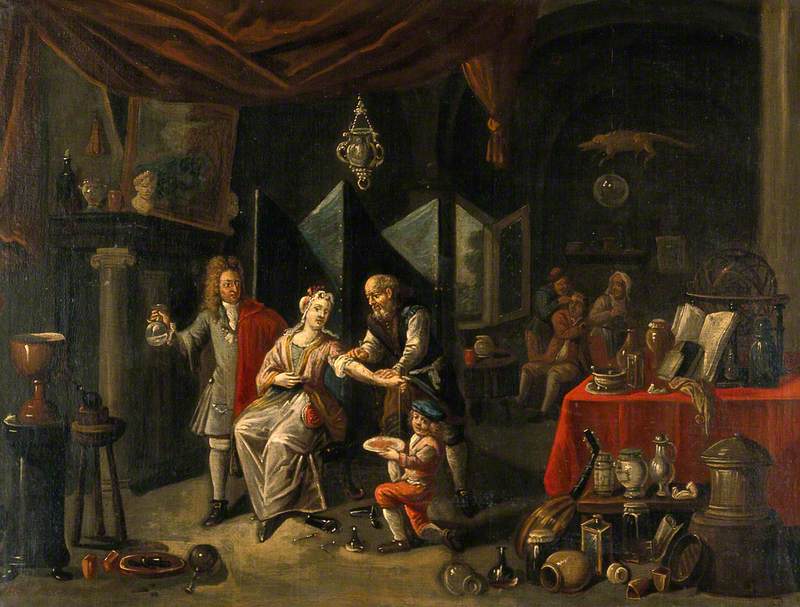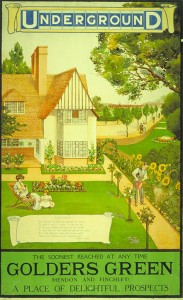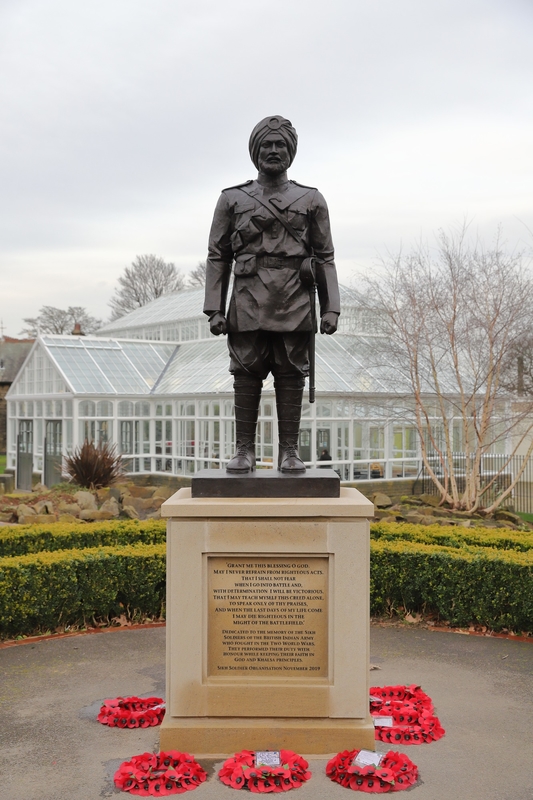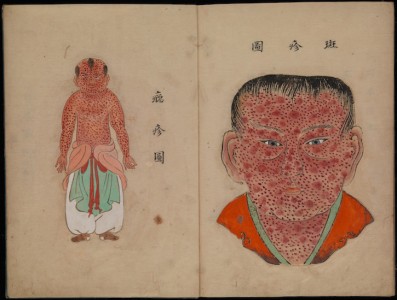Download and subscribe on Apple Podcasts, Stitcher or TuneIn
Art Matters is the podcast that brings together popular culture and art history, hosted by Ferren Gipson.
Navigating 2020 has felt exhausting and difficult, but this is not the first time in history the world has faced these types of challenges. There have been many similarities drawn between this year and the 1918 flu pandemic, but there is another year centuries ago that also comes to mind. In this episode, I speak with Rebecca Rideal, author of 1666: Plague, War and Hellfire and host of the Killing Time podcast, to discuss how the Great Plague, the Great Fire of London and the Anglo-Dutch War came together to make 1666 one of the most dramatic years in British history.
'It obviously has the Biblical connotations because of the number 666, so it's already linked with the number of the Beast and this was a really religious time,' says Rebecca. 'There was a general feeling in the seventeenth century that people were living in their last age ... Coincidentally, lots of things actually did happen in that year, the year proceeding and after that were remarkable, even by seventeenth-century standards.'
There have been multiple catastrophic plagues throughout history, but the 1666 epidemic is referred to as the Great Plague because it is one of the last large plagues to occur in England. It began in 1665 and carried into 1666, claiming the lives of an estimated 100,000 people.

Image credit: Wellcome Collection, CC BY 4.0 (source: Wikimedia Commons)
Plague in London
1665, facsimile reproduction from a pictorial broadside by John Dunstall (1644–1693)
An illustration by John Dunstall shows a grid of nine images of life in London during the 1665–1666 plague. The top-left scene shows a room with multiple sick patients on beds and another patient lying on a bedroll near a coffin on the floor. Several other scenes indicate a mass exodus from the City of London, where citizens attempted to leave by foot, wagon, and boat. The image communicates the severity of the situation at the time and the desperation with which citizens were trying to navigate the challenges of the epidemic.
'Most of the imagery relating to plague and disease during this time is put on bills of mortality or it's put on medicines that are advertised as being miracle cures for plague,' says Rebecca. 'In a society where there's a huge swathe of the population that's illiterate, images are a really useful way of understanding a situation.'

Image credit: Wellcome Collection
A Physician Wearing a Seventeenth-Century Plague Preventive Costume c.1910
unknown artist
Wellcome CollectionImages of plague doctors in beaked costumes often crop up in discussions of antiquated medical treatments, but these were not used in Britain during the Great Plague. This bird-like attire was mostly adorned by doctors in France and Italy in the early part of the seventeenth century. The beak was often stuffed with herbs to keep away miasma (bad smells), which was believed to be a cause of disease.
As plague cases started to settle in the spring of 1666, citizens began to return to London, including Charles II, who had fled to the countryside during the height of the epidemic. People were still contending with illness when, in September, the Great Fire of London ravaged the city. In paintings of the incident, artists show tall flames licking the sky and engulfing whole sections of the city. Many of them juxtapose the burning cityscape with the calmness of the Thames River alongside it. An eighteenth-century interpretation by an unknown artist in the National Maritime Museum collection imagines a view along the riverbank facing London Bridge and the Tower of London. In the foreground, crowds flee from the fire on foot and by boat. While the topography is not wholly accurate, the artist does a good job of communicating the drama of the moment.

Image credit: Eluveitie, CC BY-SA 3.0 (source: Wikimedia Commons)
The Monument to the Great Fire of London
1671–1677, Portland stone & gilded urn by Christopher Wren (1632–1723) and Robert Hooke (1635–1703)
There is now a monument to the Great Fire 202 feet from where the fire started on Pudding Lane. It was designed by scientists Christopher Wren and Robert Hooke, and construction began in 1671. The Monument is in the style of a Doric column and has a golden urn filled with fire at its apex. Inside, over 300 steps allow visitors to climb to the top and look out from the column. The height of the structure is the exact distance of the Monument from the former site of the bakery where the fire originated.
As if fires and plague were not enough, the final element of the 1666 trifecta is the Second Anglo-Dutch War, spanning 1665 to 1667.
'That was rooted in the early years of state-backed colonialism and rivalries with the Dutch surrounding what was going on on the West African coast,' says Rebecca.' These wars cannot be removed from the wider context of what was going on in the world because they were absolutely rooted in commercial interests – commercial interests that related to glittery golden things, but also human trafficking.'

Image credit: National Maritime Museum, Greenwich, London
Dutch Attack on the Medway: the 'Royal Charles' Carried into Dutch Waters, 12 June 1667 1667
Ludolf Backhuysen I (1630–1708)
Royal Museums GreenwichBattles of this war largely took place at sea, and the Dutch would frequently employ artists to sail with their navy to produce images of victories as propaganda. A painting in the National Maritime Museum collection by Dutch painter Ludolf Backhuysen I depicts the moment the Dutch captured the Royal Charles English warship. Hailed at the time as one of the finest in the English Navy, the ship is shown surrounded by a Dutch fleet ahead of being brought to Holland and drydocked as a tourist attraction.

Image credit: National Maritime Museum, Greenwich, London
Flagmen of Lowestoft: Vice-Admiral Sir William Berkeley (1639–1666) 1665–1666
Peter Lely (1618–1680)
Royal Museums Greenwich
In addition to paintings commemorating victorious battles, artists also created portraits of specific heroes. James, Duke of York commissioned Peter Lely to create a series of thirteen portraits of commanders involved at the Battle of Lowestoft, the first fleet action of the Second Anglo-Dutch War. A portrait by Henri Gascars shows James, Duke of York – who later became James II – elaborately dressed as the Roman god of war with his armour lying beside him. In the distance, we see the fleet he led to victory in a 1665 battle against the Dutch.
We have seen that artists have continued to deal with crises in their work through to the present day. Keith Haring produced work addressing the AIDS crisis, Steve McQueen made a film about the tragic Grenfell Tower fire in London, and Michael Craig-Martin recently produced a piece thanking the NHS for their efforts during the COVID-19 pandemic. Though this episode has looked at one year in British history, it is remarkable to see how much we can still learn from centuries past.
Listen to our other Art Matters podcast episodes

